Description
Preface
Our bodies have evolved a protective set of mechanisms, comprised of cells and organs, as a primary defense to maintain health. In essence, we have developed internal tools to preserve health and homeostasis. Indeed, working definition of health embraces the effective elimination or control of life-threatening agents. This includes both infectious agents attacking from the outside and internal threats, such as tumors. Immune responses, therefore, are designed to interact with, and respond to, the environment to protect the host against pathogenic invaders and internal dangers. The goal of this book is to appreciate the components of the human immune system that work together to confer protection.
We will begin our discussion by establishing a foundation for subsequent chapters, through the presentation of the systems and cells involved in immune responses. Chapter 1 will give a general overview on the mechanisms in place to fight against disease. Components and path ways will be defined to allow the presentation of concepts of innate (always present) and adaptive (inducible and specific) responses, and how these responses interact with one another to form the basis for everyday protection. These concepts will form the foundation to examine the process of defense against various classes of pathogens. Chapter 2 will examine the coordinated effort of cells and blood components in the development of inflammation as it is related to protection against infection. Chapter 3 will introduce the basis for the function of adaptive components, exploring the generation of B lymphocytes and the nature of antibodies. Chapter 4 will extend this discussion to T-lymphocyte populations and examine how they serve as ringleaders for immune function. Chapter 5 will discuss immune responses, with an element of detail focused on commonly encountered infectious organisms. This overview also will include how the initial engagement of pathogens by innate components triggers path ways that cause in Flammarion. A section of this chapter will introduce the concept of opportunistic infections and diminished response when individuals are immune compromised.
Effective immune surveillance is paramount to maintaining health. Chapter 6 will examine the basic disorders of immune function. Too little of a response results in an inability to control threats, which thus is ineffective to eliminate in factious agents. This lack of reactivity (hyper activity) leads to holes in our immune repertoire. This may be the result of genetic deficiencies or acquired compromise of immune function. In the same manner, response are presenting excessive activity also can lead to damage to the host. This over aggressive response, a state of hyper activity, may reflect a productive response that increases in intensity and duration without effective control. The days regulation leads to tissue-damaging events and eventual states of disease.
The chief function of the immune system is to distinguish between what is you (self) and what constitutes external threats. When the ability to distinguish these elements is compromised, autoimmunity may arise. In Chapter 7, auto immune dysfunction will be addressed, moving from basic concepts to the specific mechanisms involved in major clinical disorders. This includes a detailed discussion of how the self is recognized, as well as the mechanisms involved in tolerance that limit reactivity to our own tis- sues. The goals here are to present the clinical manifestation of autoimmunity in such a manner that outward symptoms are understood through investigation of the molecular targets involved in the host immune self- recognition response. At other times, misdirected recognition of non self elements, such as environmental allergens that typically are considered harmless, result in the development of clinical presentations. Therefore, Chapter 8 will examine the processes involved in the manifestation of immune dysfunction, including the concepts of immune hypersensitivities that lead to clinical disease.
The general topic of vaccines will be addressed in Chapter 9, including both how they work and a frank discussion of the relative truths and myths surrounding their use. This chapter also will contain information on newly developed therapeutics that are grounded in methods that lead to immune modification and factors that promote a healthy immune response (for example, lifestyle activities and good common practices). Indeed, it is critical that we maintain a healthy balance throughout our lives to ensure functional immune response as we age. The challenges faced at each stage of our lives, from that found in the prenatal/newborn period, to midlife, to so-called maturity, are mentioned in a way that encourages a healthy condition to allow the optimization of immune function.
A discussion of natural (effective) response to tumor development in Chapter 10 will lead to an investigation into the components of immune function to eliminate potentially dangerous precancerous events naturally. This will be followed by coverage of the challenges that we face when protective responses fail and tumors develop. A section also will contain information on cancers of the immune system and the problems that arise when the protective cells themselves become the cause of tumorigenic activity.
Chapter 11 will delve once more into details underlying the concepts of “self” versus “non self” and blood types, with the goal to present genetic relationships (similarities as well as differences) between individuals. The mechanisms of the immune biology of transplantation will be discussed, with details about the contributing cells and factors involved in transplant acceptance and rejection. The challenge is to appreciate the importance of innate and adaptive components in graft recognition, as well as to recognize the clinical consequences of transplantation that affect aspects of daily activities. Rejection topics will be discussed, including graft-ver- sus-host disease (GVHD), as well as modern immune-based therapeutics designed to alter immune function to limit graft rejection.
Finally, additional information and resources will be provided in Chapter 12 to allow readers to develop an immune-based foundation of knowledge to understand the clinical tests associated with identifying immune parameters that arise during development of disease states. As such, this includes an introduction to mechanisms that form the basis of immune-related diagnostics and identification of immune properties of the blood during disorders. All in all, the hope is that this book will present the concept of the immune system so that readers may better understand immune-based diseases resulting from either immune system component deficiencies or excess activity. This book is aimed at those who want to know more, to encourage readers to explore deeper. It is a immediate the curious who have never previously considered the underlying facets of effective immune function. To students who wish to expand their basic knowledge of bio- logical systems. To physicians seeking to refresh their understanding of the immune concepts that cause clinical disease. To nurses who desire to expand their view of symptom development in patients. To patients who want a simple explanation for the complex way that their bodies respond in the context of the world they live in. And finally, to all who seek to find out how the body confers protection against infectious agents, maintains everyday homeostasis, and guards against deregulation of the normal response to confer health and control the development of disease.
Content
- Preface
- Acknowledgments
- A Functional Overview of the Immune System and Immune Components
- The Inflammatory Response
- The B Lymphocyte: Antibodies and How They Function
- T Lymphocytes: Ringleaders of Adaptive Immune Function
- How We Defend Against Infectious Agents
- Basic Disorders of Immune Function
- Autoimmunity: Regulation of Response to Self
- Immune Hypersensitivities
- Vaccines and Immunotherapy
- Cancer Immunology
- Transplantation Immunology
- Assessment of Immune Parameters and Immunodiagnostics
- Glossary
- Index


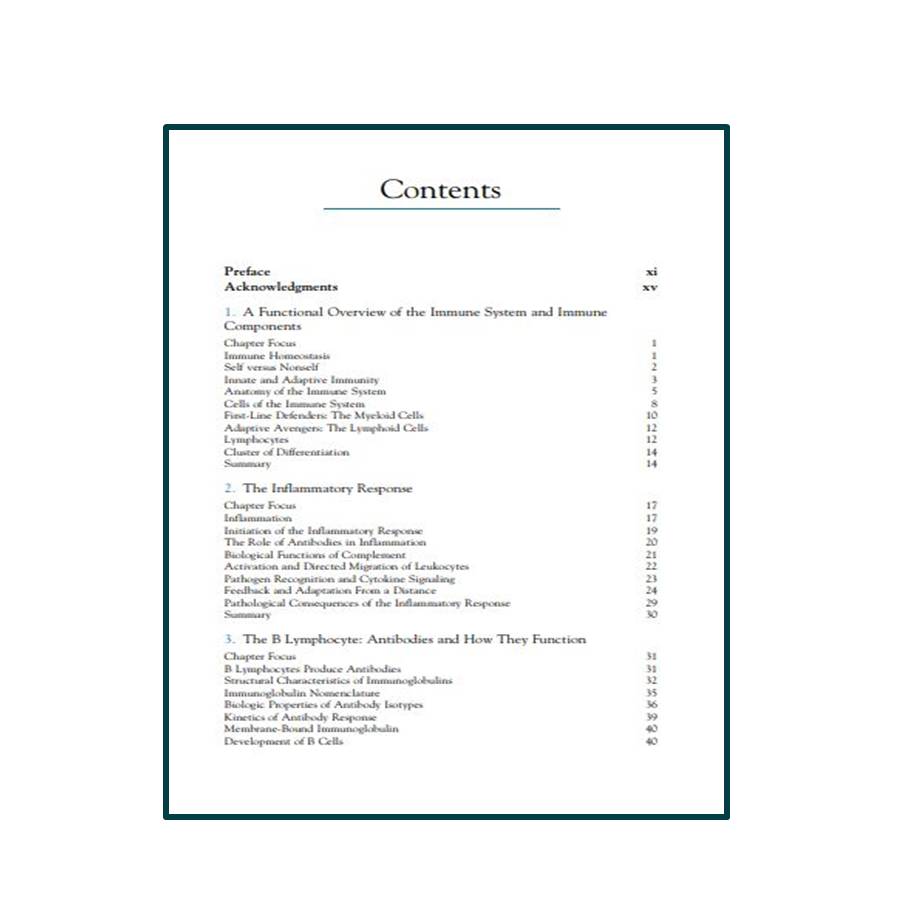
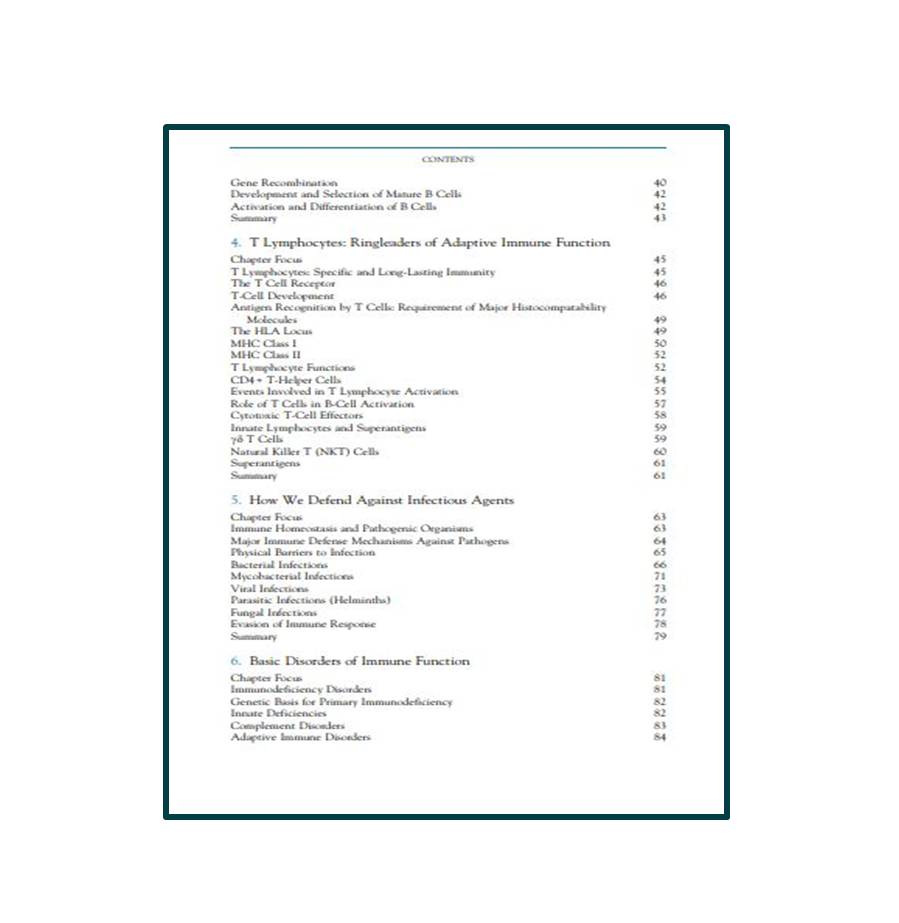
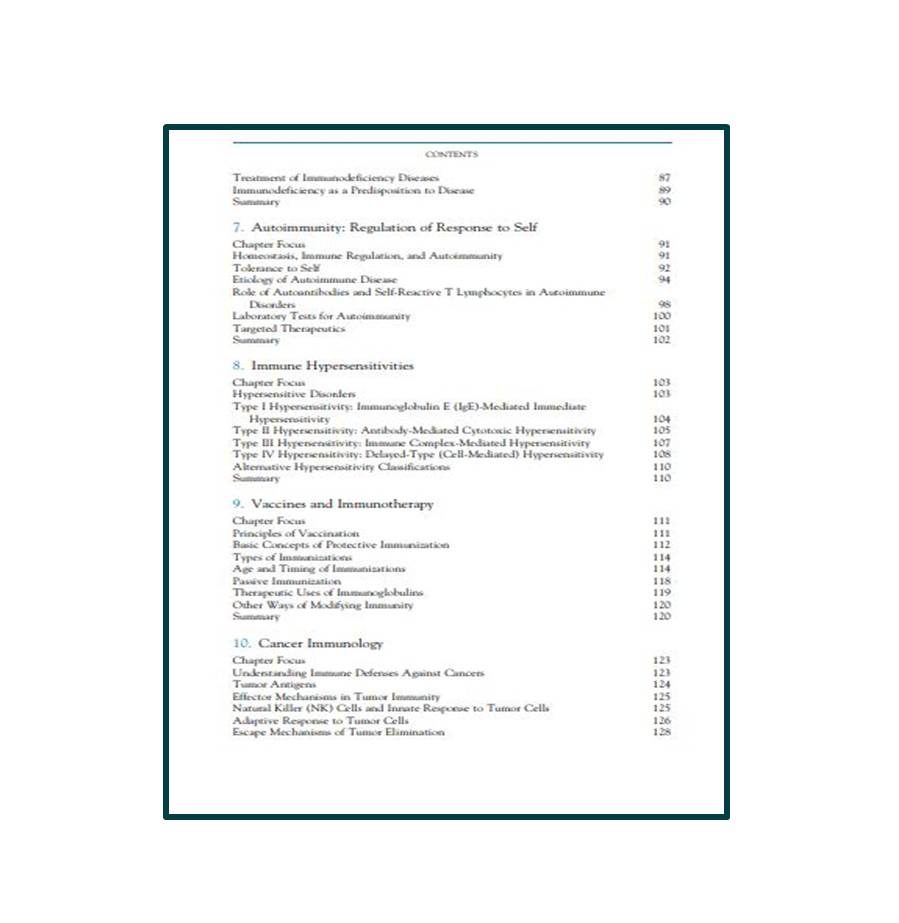




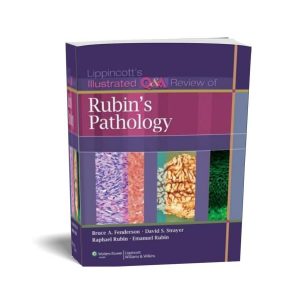
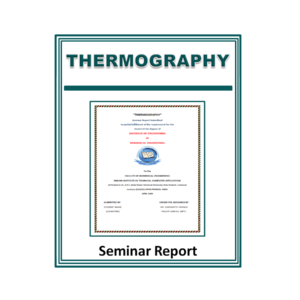

Reviews
There are no reviews yet